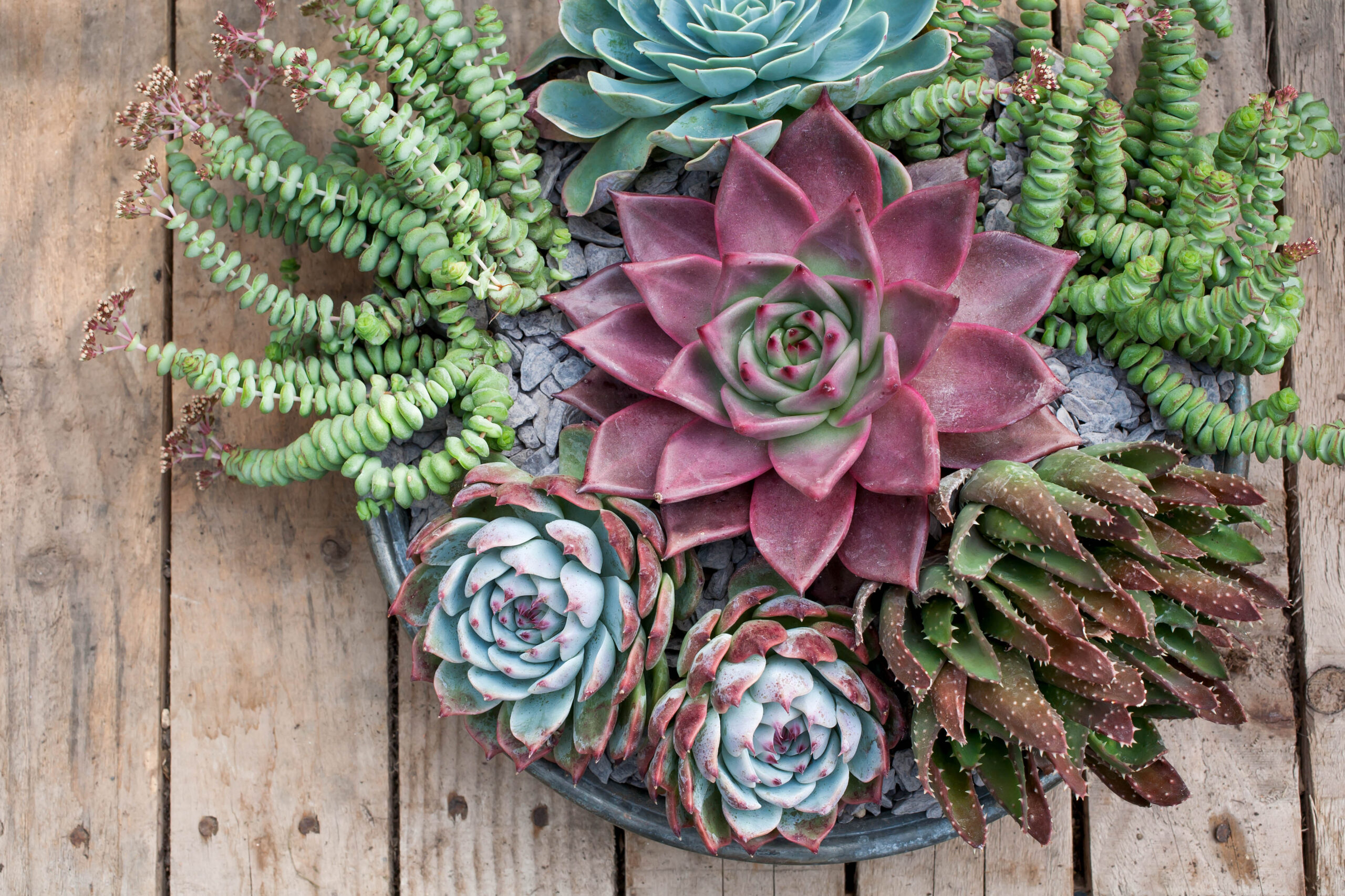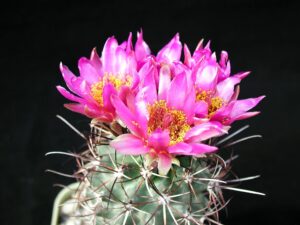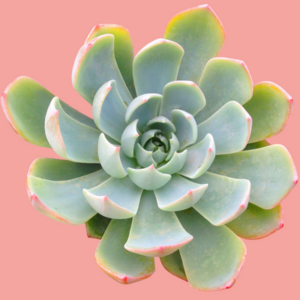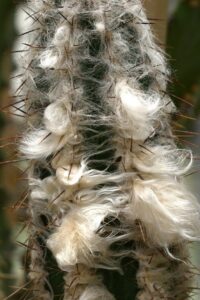Succulents have gained immense popularity in recent years, admired for their aesthetic appeal and remarkable adaptability. Their ability to thrive in arid conditions coupled with a vast array of colors, shapes, and sizes make them a fascinating choice for plant enthusiasts. Let’s delve into some of the most popular and unique succulent varieties, highlighting their distinctive characteristics and the allure they bring to any collection.
First, it’s essential to understand what succulents are. These plants possess specialized tissues that enable them to store water, making them exceptionally drought-resistant. While many typical succulents have thick, fleshy leaves, others may exhibit unique adaptations in their stems or roots. This article will explore the popular variants that have charmed many with their visual prowess and ornamental versatility.
Delightfully Diverse: The Popular Succulent Varieties
Among the garden centers and retailers, certain succulent varieties have established a strong foothold due to their aesthetic charm and ease of care. These popular options not only serve as excellent houseplants but also bring a variegated landscape when planted in outdoor gardens.
One such favorite is the Echeveria. With its rosette shape and striking hues, Echeverias have become synonymous with the succulent family. These hardy varieties often display a myriad of colors such as blues, reds, and purples, particularly when exposed to ample sunlight. Variants like ‘Lola’ or ‘Perle von Nurnberg’ provide a visual feast that captures attention, making them ideal for both potted displays and arrangements.
Moving on, the Sedum genus offers an eclectic mix of succulents, each with its own unique characteristics. Sedums are often characterized by their sprawling growth habit and a steady bloom of star-shaped flowers. ‘Sedum morganianum’, commonly known as Burro’s Tail, is particularly captivating with its trailing stems adorned with plump, vibrant leaves. The hypnotic cascade effect when grown in hanging baskets adds an enthralling aspect to any indoor or outdoor display.
Another charismatic contender is the Haworthia. Known for its striking rosettes and architectural foliage, Haworthias are an exquisite mixture of minimalism and elegance. The ‘Haworthia fasciata’, often called Zebra Plant due to its distinctive striped leaves, boasts an eye-catching interplay of green and white stripes. Its low-maintenance nature and compact growth suit urban dwellings perfectly, allowing even beginners to showcase botanical elegance.
The Allure of Uniqueness: Rare Succulent Varieties
While the aforementioned succulents are well-loved, discovering rare and unusual species can elevate any collection to new heights. These exotic varieties often come with unique characteristics that intrigue succulent aficionados and horticultural enthusiasts alike.
One such unique species is the Lithops, or Living Stones. These peculiar plants mimic the appearance of stones in their natural habitat, an evolutionary strategy that aids in their survival against herbivores. Lithops feature two leaves that resemble pebbles, and during blooming season, they astonish with vibrant flowers that burst forth from their seemingly lifeless structure. Cultivating Lithops requires patience and specialized care, but their fascinating adaptation makes them a stellar addition for collectors.
Another rare gem is the Pleiospilos. Known as Split Rock, this succulent also employs a camouflaging strategy, sharing visual similarities with the rocky terrains it inhabits. Pleiospilos are characterized by their bulbous, synchronized pairs of leaves, which can exhibit colors from grey-green to pinkish hues. As they mature, they develop a striking bloom, often producing delightful daisy-like flowers that bring seasonal joy to any collection.
Lastly, the Aloe family, while commonly known for its medicinal properties, boasts some remarkable varieties that are visually stunning. The ‘Aloe polyphylla,’ often referred to as the Spiral Aloe, captures the imagination with its rosettes that spiral upwards. This unique growth pattern creates a mesmerizing display that seems to defy nature itself. Additionally, the thick, juicy leaves often flaunt intricate patterning that varies with the amount of sunlight they receive.
Designing with Succulents: Tips for Display
Succulents not only enhance the visual appeal of any space but also provide an opportunity for creative expression in design. Incorporating these stunning plants can create breathtaking interiors, transformed patios, and even intricate landscapes.
One popular method of display is the use of terrariums. These miniature ecosystems encapsulate the beauty of succulents in glass containers, providing an artistic flair while offering an appropriate environment for growth. Selecting a mixture of Echeveria and jade plants creates an appealing contrast, while the inclusion of decorative pebbles and moss adds texture and depth.
For outdoor gardens, cluster planting offers a compact yet vibrant display. Grouping different succulent varieties with complementary colors encourages a striking visual arrangement. When planted alongside desert grasses or ornamental rocks, the result is an eye-catching landscape that flourishes with minimal care.
In conclusion, the world of succulents is a treasure trove of diversity, ranging from familiar favorites to extraordinary rarities. The unique characteristics, aesthetic appeal, and versatility of these plants not only make them delightful ornamental choices but also inspire a deeper appreciation for the resilience of nature. Embracing this botanical diversity allows enthusiasts to create captivating displays, bridging the gap between nature’s artistry and human creativity.





Leave a Comment